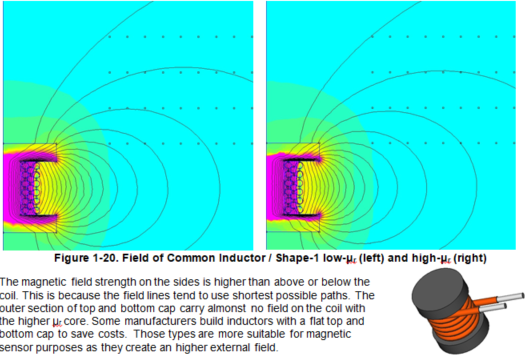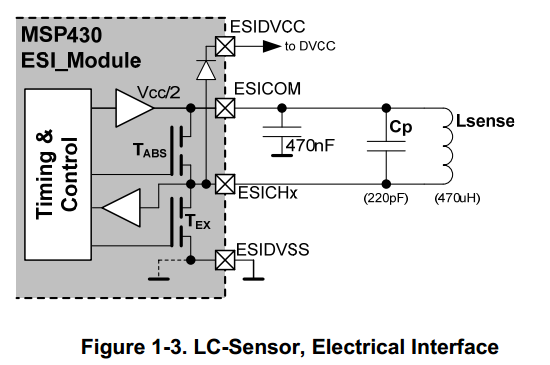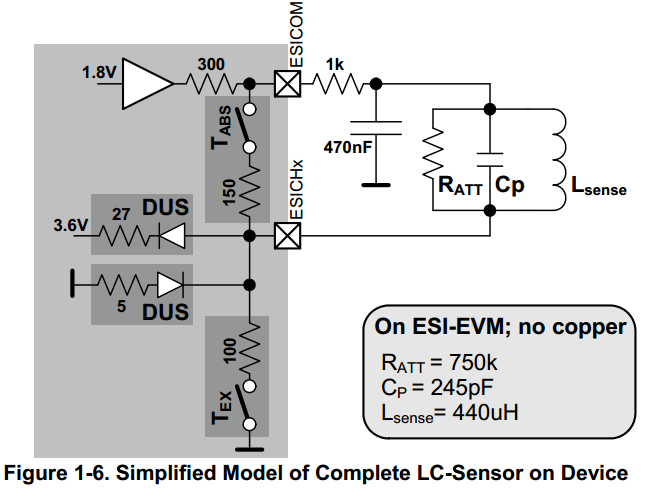Tool/software: Code Composer Studio
With ESI as the non-magnetic sensor (L:470uH, C:220pF), some machines will lose count at a high temperature of 55 . Counting normally will also be wrong after a period of time. Is there any requirement for LC, such as the consistency of inductance value





